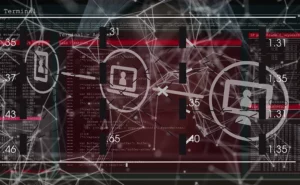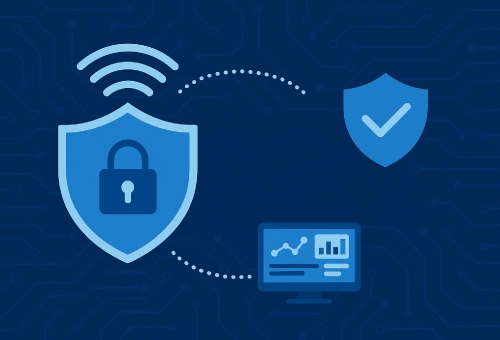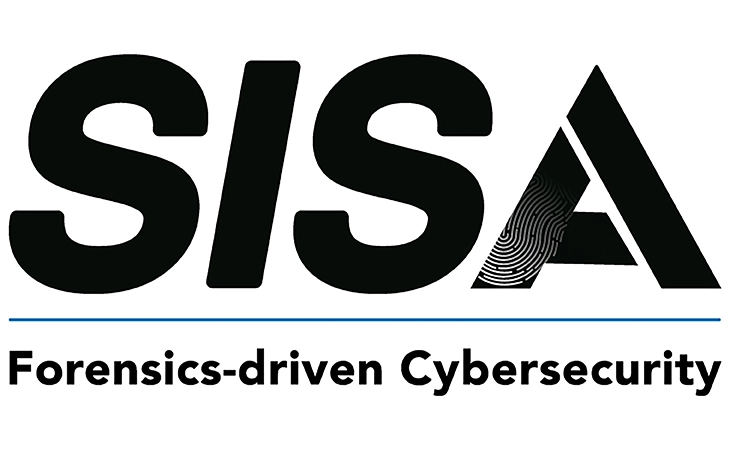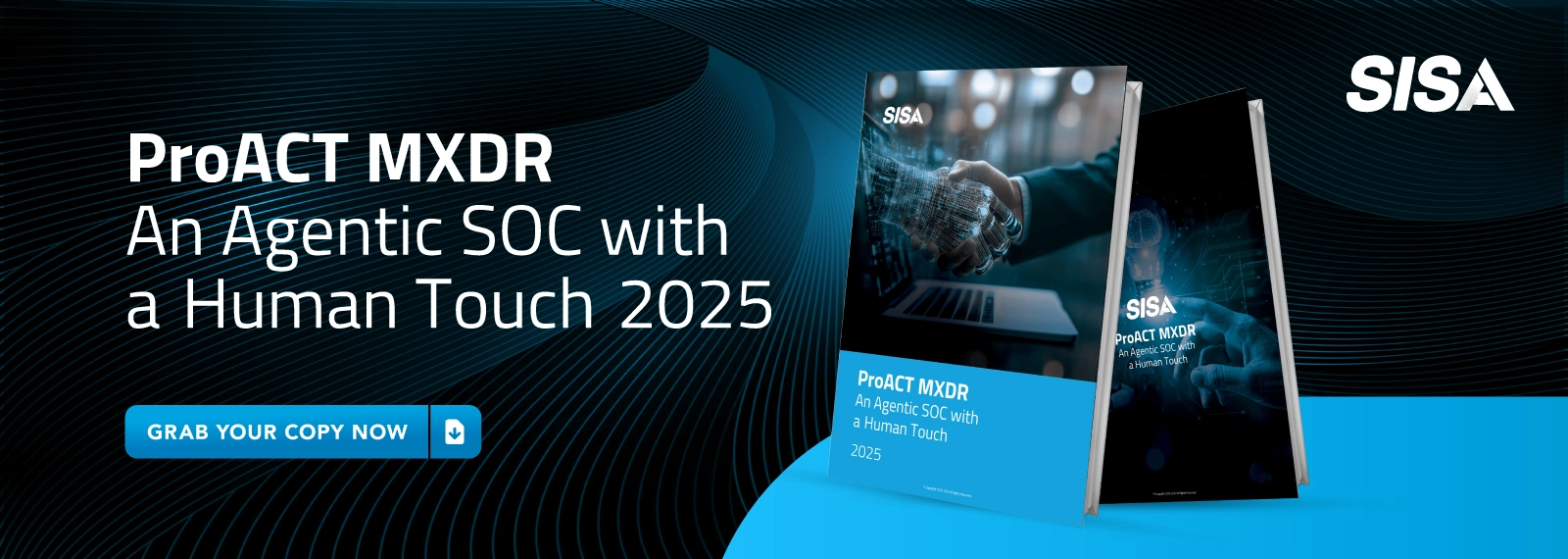
PCI DSS Compliance Levels Explained: What You Need to Know to Secure Your Business
Payment Card Industry Data Security Standard (PCI DSS) compliance is essential for any business handling cardholder data. The standard defines four compliance levels, determined by your annual transaction volume. Whether you’re a small business or a global enterprise, understanding these levels is the first step toward securing your operations. This article delves into each level, their specific requirements, and how SISA can simplify your journey to PCI DSS 4.0 compliance.
Introduction
In today’s digital economy, safeguarding payment card information is paramount. The PCI DSS was established to help businesses protect cardholder data and maintain trust in the payment ecosystem. Non-compliance can lead to severe consequences, including hefty fines, data breaches, and irreparable reputational damage. Central to PCI DSS are its four compliance levels, each tailored to the transaction volume of businesses. Understanding these levels is crucial for implementing the appropriate security measures and achieving compliance.
What Are PCI DSS Compliance Levels?
PCI DSS compliance levels categorize merchants based on the number of payment card transactions they process annually. These levels help determine the specific security requirements and validation procedures a business must follow. It’s important to note that all entities involved in payment processing, regardless of size or transaction volume, are required to comply with PCI DSS standards. The levels are primarily defined by transaction thresholds, but other factors, such as the acceptance channel and history of data breaches, can influence a merchant’s classification.
The Four PCI DSS Compliance Levels
Understanding which compliance level applies to your business is the first step toward achieving PCI DSS certification. Here’s a breakdown of each level:
Level 1: Large Merchants & High-Risk Entities
- Transaction Volume: Over 6 million card transactions annually.
- Requirements:
- Annual Report on Compliance (ROC): Conducted by a Qualified Security Assessor (QSA) or an internal auditor certified as an Internal Security Assessor (ISA).
- Quarterly Network Scans: Performed by an Approved Scanning Vendor (ASV) to identify vulnerabilities.
- Penetration Testing: Regular testing to identify and address security weaknesses.
- Internal Security Assessments: Ongoing evaluations to ensure continuous compliance.
- Typical Businesses: Large enterprises, global retailers, and organizations that have experienced significant data breaches.
Level 2: Medium-Sized Merchants
- Transaction Volume: 1 million to 6 million card transactions annually.
- Requirements:
- Annual Self-Assessment Questionnaire (SAQ): A self-evaluation tool to assess compliance.
- Quarterly Network Scans: Conducted by an ASV to detect vulnerabilities.
- Security Awareness Training: Educating employees on data security best practices.
- Typical Businesses: Mid-sized e-commerce companies and regional chains.
Level 3: Small to Mid-Sized Merchants
- Transaction Volume: 20,000 to 1 million e-commerce transactions annually.
- Requirements:
- Annual SAQ: Assessing compliance through a structured questionnaire.
- Quarterly Network Scans: ASV-conducted scans to identify potential security issues.
- Implementation of Security Controls: Ensuring appropriate measures are in place to protect cardholder data.
- Typical Businesses: Small to medium-sized online retailers and service providers.
Level 4: Small Businesses & Low-Volume Merchants
- Transaction Volume: Fewer than 20,000 e-commerce transactions or up to 1 million total transactions annually.
- Requirements:
- Annual SAQ: A self-assessment to evaluate compliance status.
- Quarterly Network Scans: Recommended but may vary based on the acquiring bank’s discretion.
- Basic Security Measures: Implementing fundamental protections like firewalls and encryption.
- Typical Businesses: Local retailers, small restaurants, and micro-businesses.
Why Compliance Matters
Achieving and maintaining PCI DSS compliance is not merely a regulatory obligation but a critical business imperative. Compliance offers several benefits:
- Customer Trust: Demonstrating a commitment to data security fosters customer confidence and loyalty.
- Risk Mitigation: Implementing PCI DSS controls reduces the likelihood of data breaches and associated financial losses.
- Avoiding Penalties: Non-compliance can result in substantial fines and legal consequences.
- Competitive Advantage: Being compliant can differentiate your business in a security-conscious market.
In an era where cyber threats are continually evolving, staying updated with the latest PCI DSS standards, such as the transition to version 4.0, is essential for robust security postures. Here’s a success story on how a fortune 100 company achieved PCI DSS compliance with the help of a QSA like SISA, give it a read to understand how game-changing and effortless becoming PCI DSS certified with SISA is.
How to Achieve PCI DSS Compliance
Embarking on the path to PCI DSS compliance involves several key steps:
- Determine Your Compliance Level: Assess your annual transaction volume to identify the applicable compliance level.
- Complete the Appropriate Validation: Depending on your level, this may involve an SAQ or a formal audit by a QSA like SISA.
- Implement Required Security Measures: Ensure all 12 PCI DSS requirements are met, including maintaining secure networks, protecting cardholder data, and regularly monitoring systems.
- Engage in Continuous Monitoring: Regularly review and update security policies, conduct vulnerability assessments, and stay informed about emerging threats.
Navigating the complexities of PCI DSS compliance can be challenging. Partnering with experienced professionals, like SISA, can provide tailored guidance and support throughout the compliance journey. Contact us to start your PCI DSS 4.0 compliance journey today.
Latest
Blogs
Whitepapers
Monthly Threat Brief
Customer Success Stories
 USA
USA India
India APAC
APAC Middle East
Middle East Global
Global






 Facebook
Facebook Linkedin
Linkedin  X
X Youtube
Youtube






